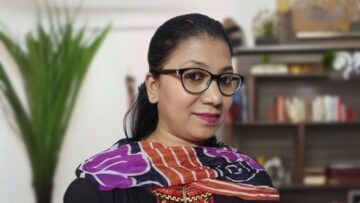The Hong Kong Research Institute of Textiles and Apparel (HKRITA) and Seiko Epson Corporation (Epson) have effectively developed an innovative regenerated cellulose fibre with a lustrous, silk-like finish, made from recycled waste cotton fabric through a progressive manufacturing method.
With global concerns about textile waste rising, especially in Europe, where the push for recycled fibres is gaining impetus—this innovation demonstrates an optimistic solution. Since establishing a joint development partnership in January 2024, HKRITA and Epson have merged their expertise in fibre dissolving and Epson’s Dry Fiber Technology to turn waste cotton fabric into the highest quality regenerated fibre.
The process includes grinding up waste cotton, dissolving it in a solvent, and then extruding the mixture into a coagulation bath, where it solidifies into new fibre strands. The generated cellulose fibre features a combination of the silken sheen and durability of cotton, making it particularly useful for prestigious purposes such as scarves, neckties, and suit linings. It is also worth noting that even the short fibres produced in the process can be reutilized, thus massively increasing the recycling efficiency.
This collaboration was about sustainable production, and from that perspective, its CEO and Founding Director of HKRITA, Jake Koh, called it an extraordinary definition of material innovation. Satoshi Hosono, Executive Officer of Epson, praised the merger of wet and dry regeneration processes, from an environmental point of view, for allowing the highest-level fibre recycling.
This ground-breaking work will be exhibited at HKRITA’s booth at Textiles Recycling Expo 2025 in Brussels this June. HKRITA and Epson aim to speed up adoption of regenerated fibres to help deal with global textile waste challenges.







